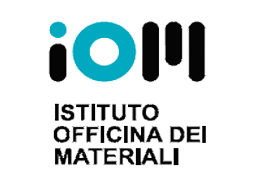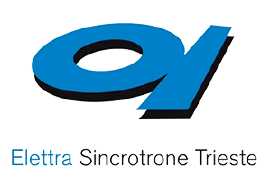Pump-probe photoemission photographs optical quenching of magnetization in iron as a thermal process
Light-induced magnetization dynamics is a fundamental research topic in condensed matter physics.
Firstly, it allows to investigate the role of the electrons, lattice and spin degrees of freedom in a long-range ordered phase at the time scales where their interplay occurs (picoseconds and sub-picoseconds). In addition, the possibility of manipulating the magnetic state of a system by optical means in the femtosecond timescale is extremely relevant for next-generation spintronic devices.
A typical phenomenon induced by an intense light pulse on a magnetic material is the ultrafast decrease of the degree of magnetic order due to the optical perturbation. In 3d transition metals (iron, nickel, cobalt), this has been largely studied in its phenomenology through pump-probe experiments (they consist in “filming” the evolution of the system while varying the time delay between the pump beam, which induces the ultrafast perturbation on the sample, and the probing beam, used to measure one or more features depending on the technique).
Nevertheless, there is still debate over the respective impact of thermal-induced disorder and direct light-spin interaction, mirroring the long-lasting and fundamental dispute between Heisenberg and Stoner pictures in explaining the temperature dependence of magnetization.
The Sprint laboratory team tackled this issue using photoelectron spectroscopy as probing technique. By combining two independent kinds of photoemission measurements, the researchers were able to address respectively the spin and electronic degrees of freedom in an unmediated manner.
The researchers studied iron thin films (40 nm) grown in-situ on a MgO substrate, observing that non-thermal electrons, i.e. those directly excited by the optical pump, give little contribution to the decrease of the spin polarization. The latter instead takes place only after the electron bath has fully thermalized (i.e. all electrons have heated up) and already started the thermalization with the lattice. This picture is demonstrated by the comparison of the electron and spin dynamics in Fig. 1: the average magnetic moments starts to quench only after the electron have reached their maximum temperature.

Such results, analyzed with a phenomenological model, provide firm evidence that in the low-fluence regime the ultrafast demagnetization process in iron is mainly driven by the increase of spin thermal fluctuations and can be fully explained as a thermodynamic process involving three energy reservoirs (electron, lattice and spin).
CONTACTS
Gian Marco Pierantozzi
Alessandro De Vita
Giancarlo Panaccione
Giorgio Rossi




